The Korean Sharing Movement is renowned for its inter-Korean humanitarian and development cooperation projects which they have undertaken tirelessly for the last twenty three years. Slightly less well known internationally are the other projects that KSM undertake. These include various activities such as regular policy forums in Seoul, varied fundraising activities, and increasingly, peace education activities within South Korea. Here, we take a look at the context which led KSM to diversify its projects and engage in peace education programs starting in 2013.
In the wake of the Lee Myung-Bak administration’s May 24 measures in 2010 the Korean Sharing Movement found themselves severely restricted in engaging in what had thus far been their reason d’etre. Cooperative projects were curtailed and the amount of assistance being delivered to the north fell dramatically from over 7.5 billion won in 2009, to 1.4 billion in 2011 and then to just 400 million (roughly 400,000USD) by 2013. In this context the Korean Sharing Movement, along with the wider North Korea related NGO community reexamined their previous work. The NGO community had felt that their activities were contributing positively to trust building efforts and yet the events of 2010 and the consequential breakdown of trust had led to the restrictions on humanitarian projects. The absence of exchange and humanitarian assistance meant that trust could not develop, and without trust there would be no new peacebuilding developments. Without the peacebuilding and trust, the humanitarian assistance could not restart. The situation had fallen into a vicious circle which seemed and has proved to be, hard to break out of.
Prevented from carrying out their work, the NGO community reflected deeply on how to approach peacebuilding on the Korean peninsula. Had enough effort been taken to ensure there was coordination with peacebuilding in humanitarianism efforts and that both were included in assistance projects? In pursuing cooperation projects between south and north, peacebuilding and humanitarianism reinforce one another, if either is absent then the project’s wider goals cannot be achieved.
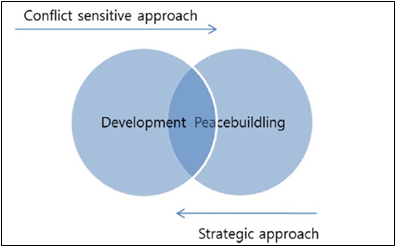
Two interrelated acknowledgements became apparent at this time. There is the acknowledgement of peacebuilding as a pivotal part of development assistance and cooperation. There was also the acknowledgement that the drastic reduction in assistance projects could not be separated from the fact that the assistance to North Korea was a source of ideological conflict in South Korea. From these confirmations came a belief that for peacebuilding on the Korean peninsula to progress, efforts within South Korea would be required to try to resolve the so-called ‘south-south’ conflict. There was a rather urgent realization that humanitarian engagement does not take place in North Korea alone, but that it needs to start in South Korea.
As interest in peacebuilding on the Korean peninsula increased so too the North Korea related NGO community intensified efforts regarding peace education. Within South Korea seventy five years of division planted the roots of the aforementioned ‘south-south’ conflict deep within society and also damaged on the individual level, citizens’ understanding and awareness of peace. There is naturally a limit to how much talking about unification or Korean peninsula peace can have in developing or rehabilitating this understanding and awareness. In light of this, at a time with no breakthrough in south north relations in sight, in 2013 the Korean Sharing Movement embarked on operating two separate peace education programs for youngsters which continue to this day. Existing ‘unification education’ in South Korea had focused largely on security, and where it had begun to refocus with increased allotted time for ‘peace education’, its nature was (and often is) still characterized by teacher-led one-way classes where students would sit in rows ‘learning’ about peace.
The Korean Sharing Movement has sought to eschew these old methods and embrace freedom of expression between participants as well as peer to peer learning. KSM utilizes participatory educational methods which emphasize experience through the body and not just the mind. KSM believes that peace education, much the same as the trust building through humanitarian and cooperation exchange, forms the basis and underpins efforts towards south north reconciliation and integration.
The two peace education projects that the KSM has operated since 2013 are Football 4 Peace (F4P) for elementary school students and the Korean Youth Peace Initiative (KYPI) for high school students.
F4P Korea is based on a program originally developed by the University of Brighton and first implemented in Israel in 2001. KSM adapted F4P International’s methodology to the Korean context and run weekend and school programs for children and facilitator development training for adults. F4P is completely different from “normal” football. The rules and practices of various sports activities and football matches are adapted to be able to create situations which emphasize peace values. At the end of each activity or match children are encouraged to contemplate the values while discussing them together and then link them to South Korean society and the conflict on the Korean peninsula. Around 750 children and 250 adults have participated in F4P Korea programs to date.
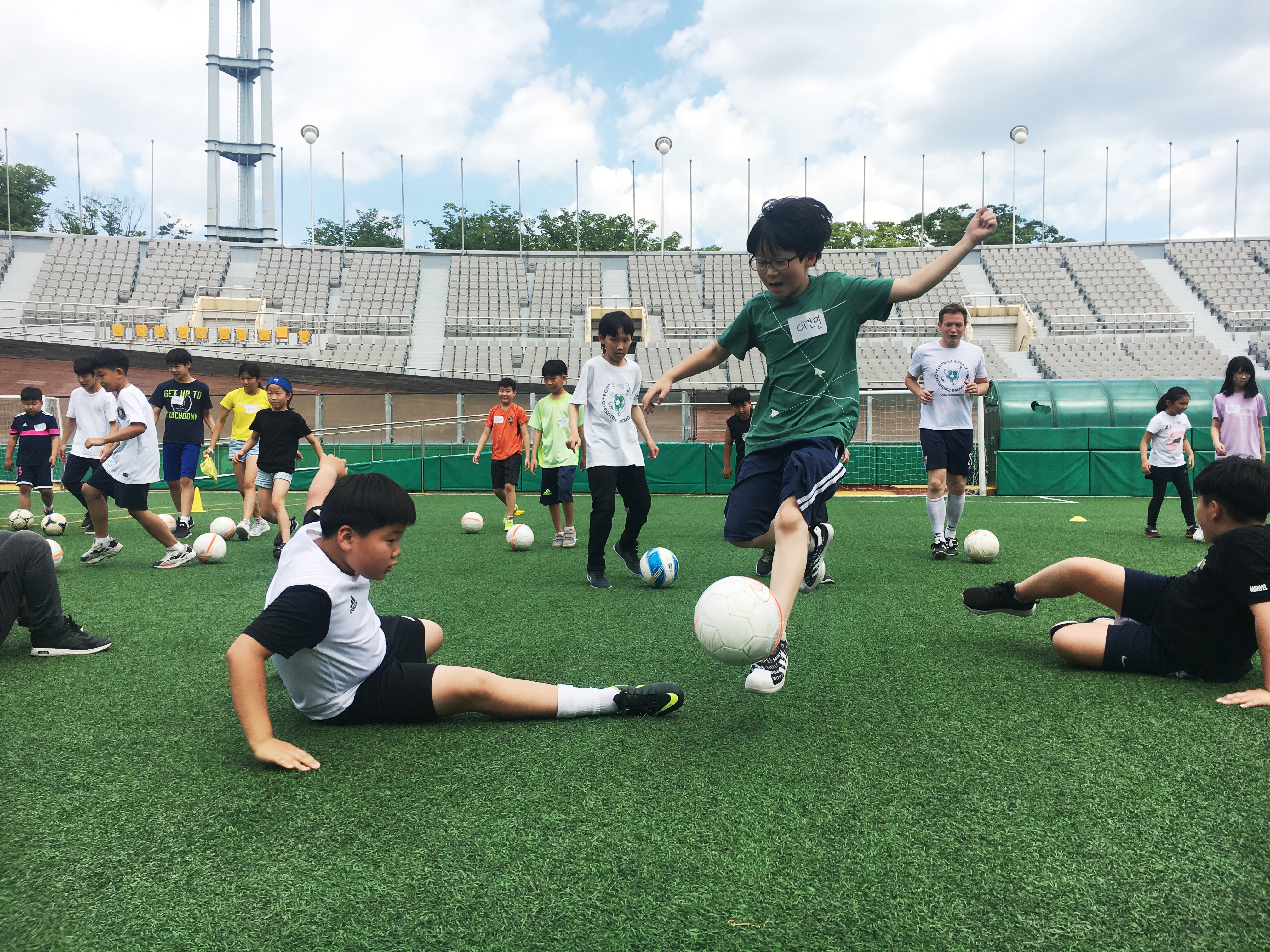
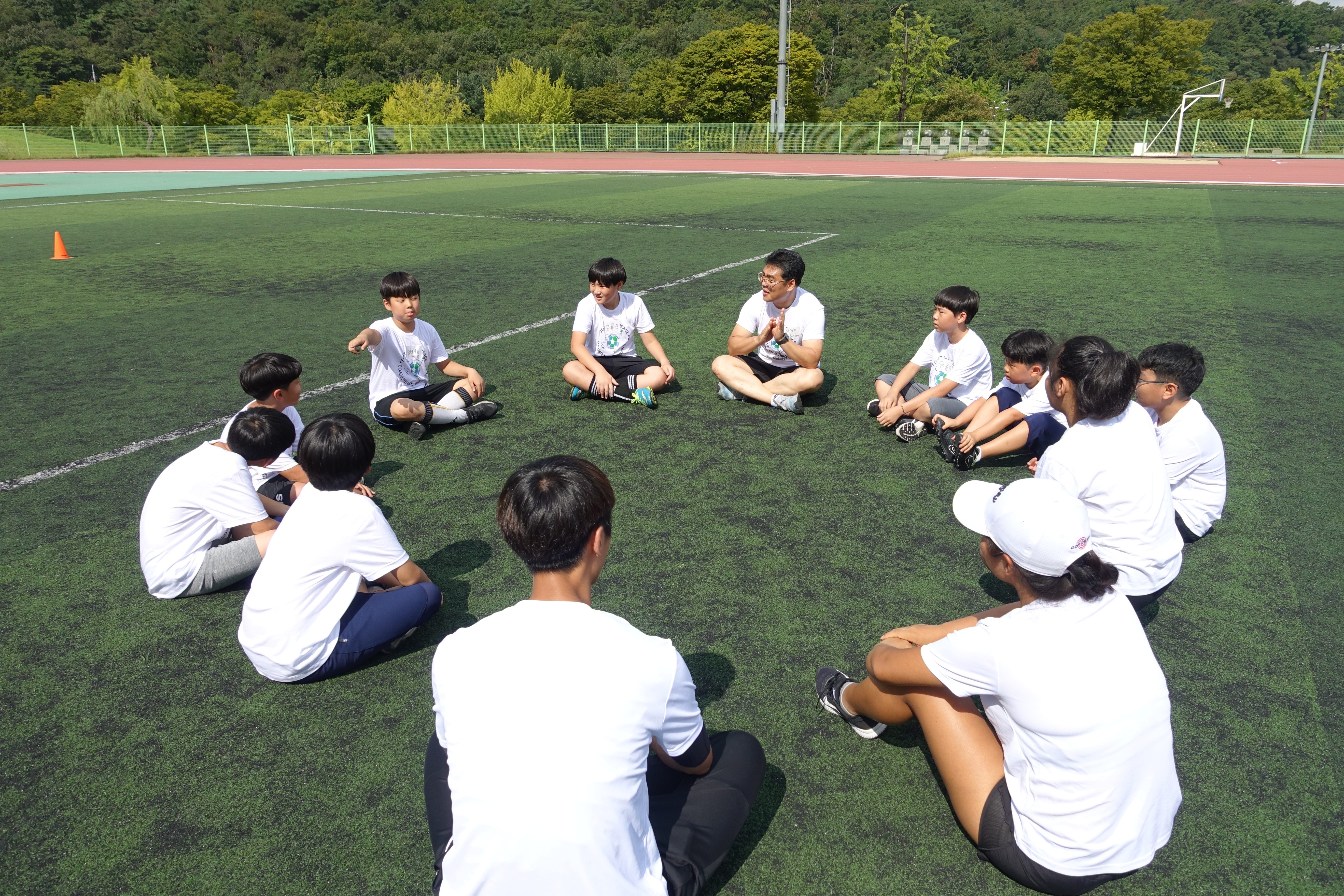
The Korean Youth Peace Initiative brings together high school students from South Korea with groups of their contemporaries from the Korean diaspora in China (and recently Japan) for a 3~5 day peace education workshop in the Yeonbun Joseon autonomous region of China north of the DPRK. The project aims to focus on the Korean conflict within a broader regional and historical context than merely south north unification. It also provides opportunities to look at ways to transform personal and identity related conflict while accepting similarity and difference in north-east Asia based on the premise that it is through meeting one another that relationships can change and evolve. The workshop format emphasizes participation and experience rather than lectures. Thus far around 170 teenagers have participated in the KYPI initiative.
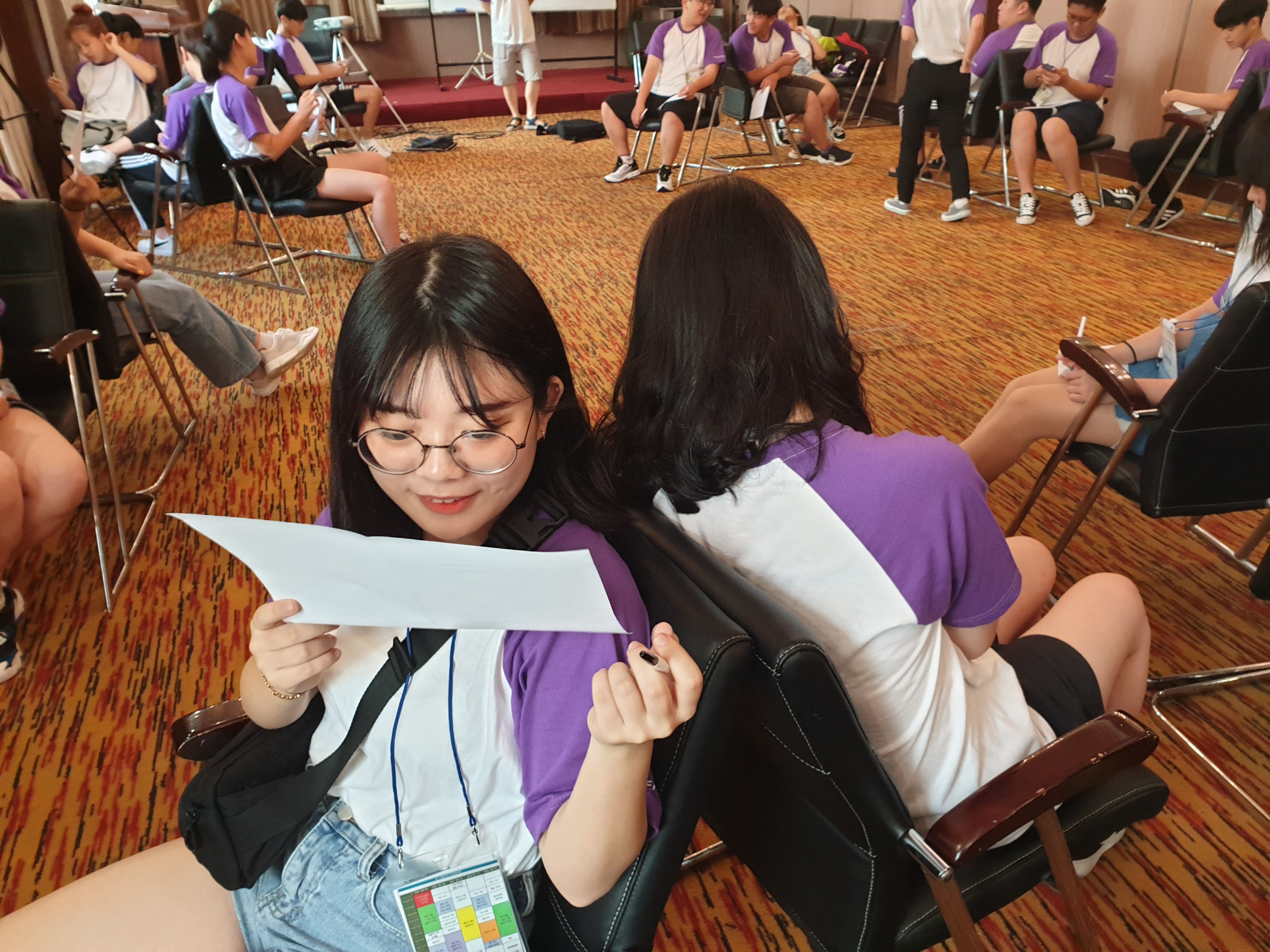
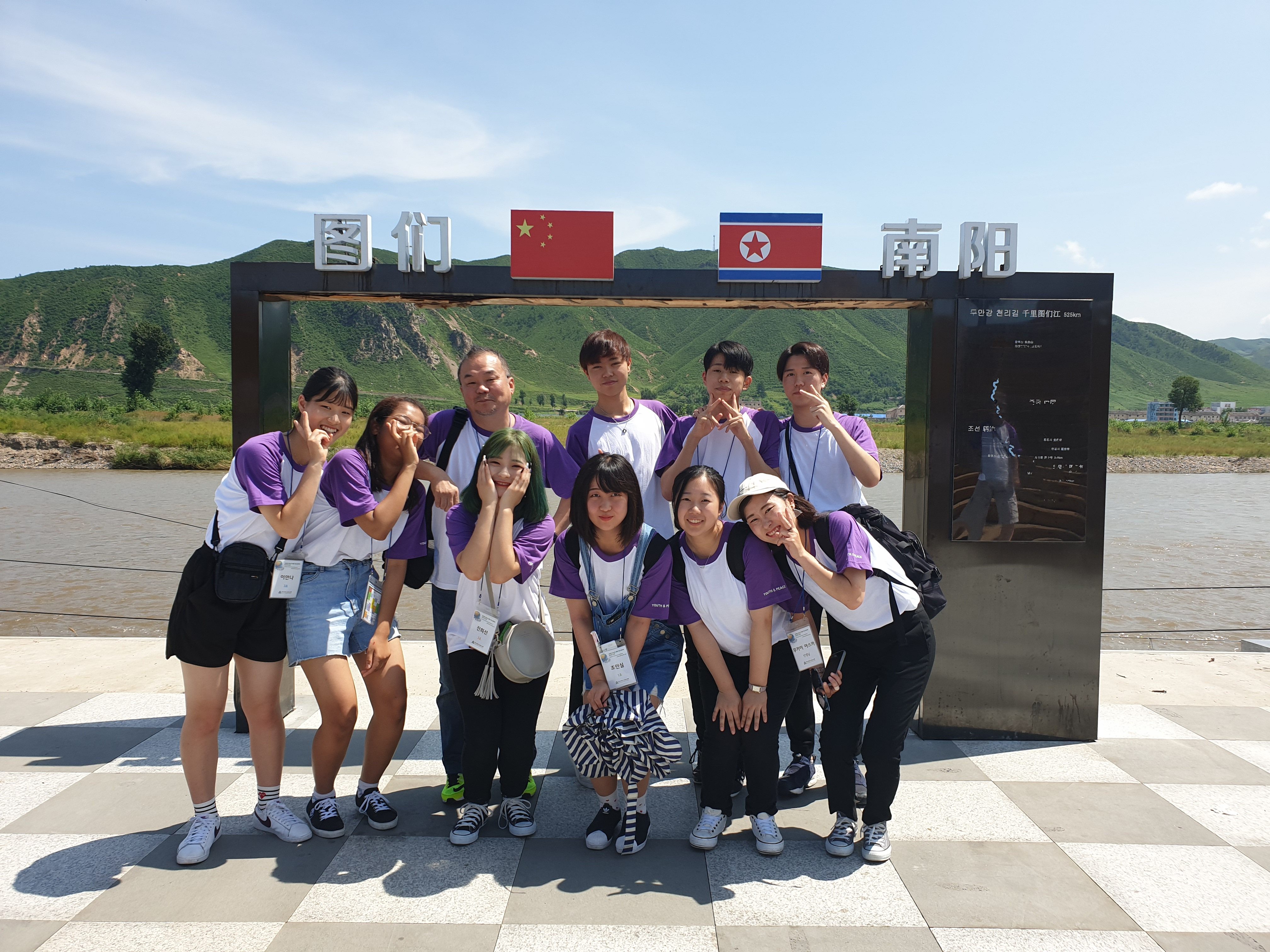
Moving forward KSM hopes that an increasing amount of young people will have the opportunity to experience these participatory peace education initiatives and that a peace culture can flourish where Koreans can effectively reduce the level of violence that society has borne due to 75 years of division.
